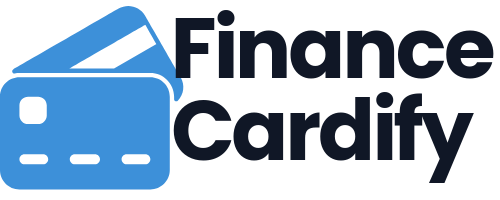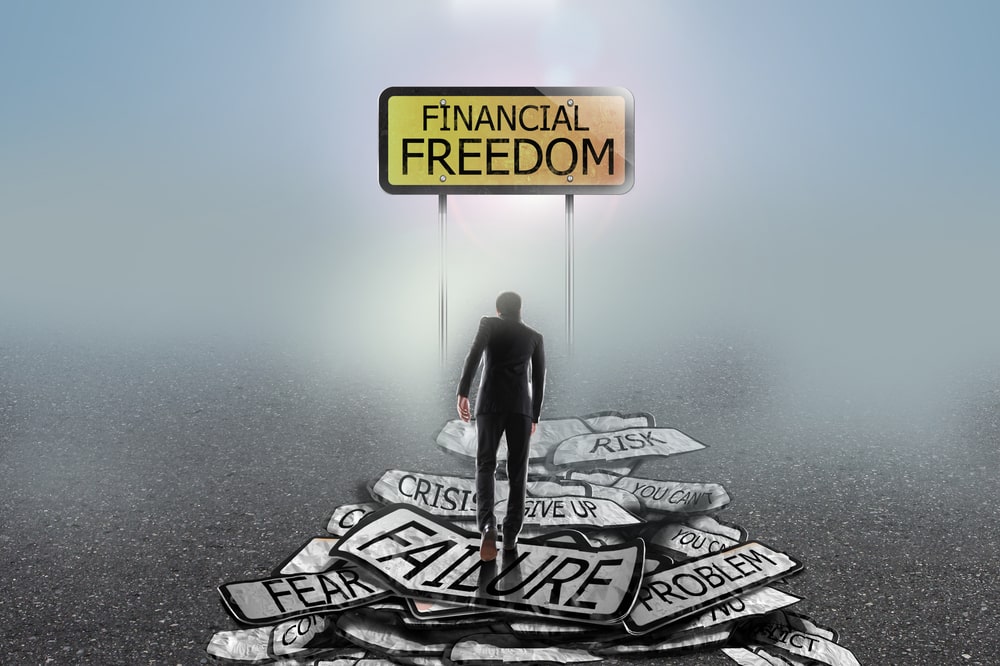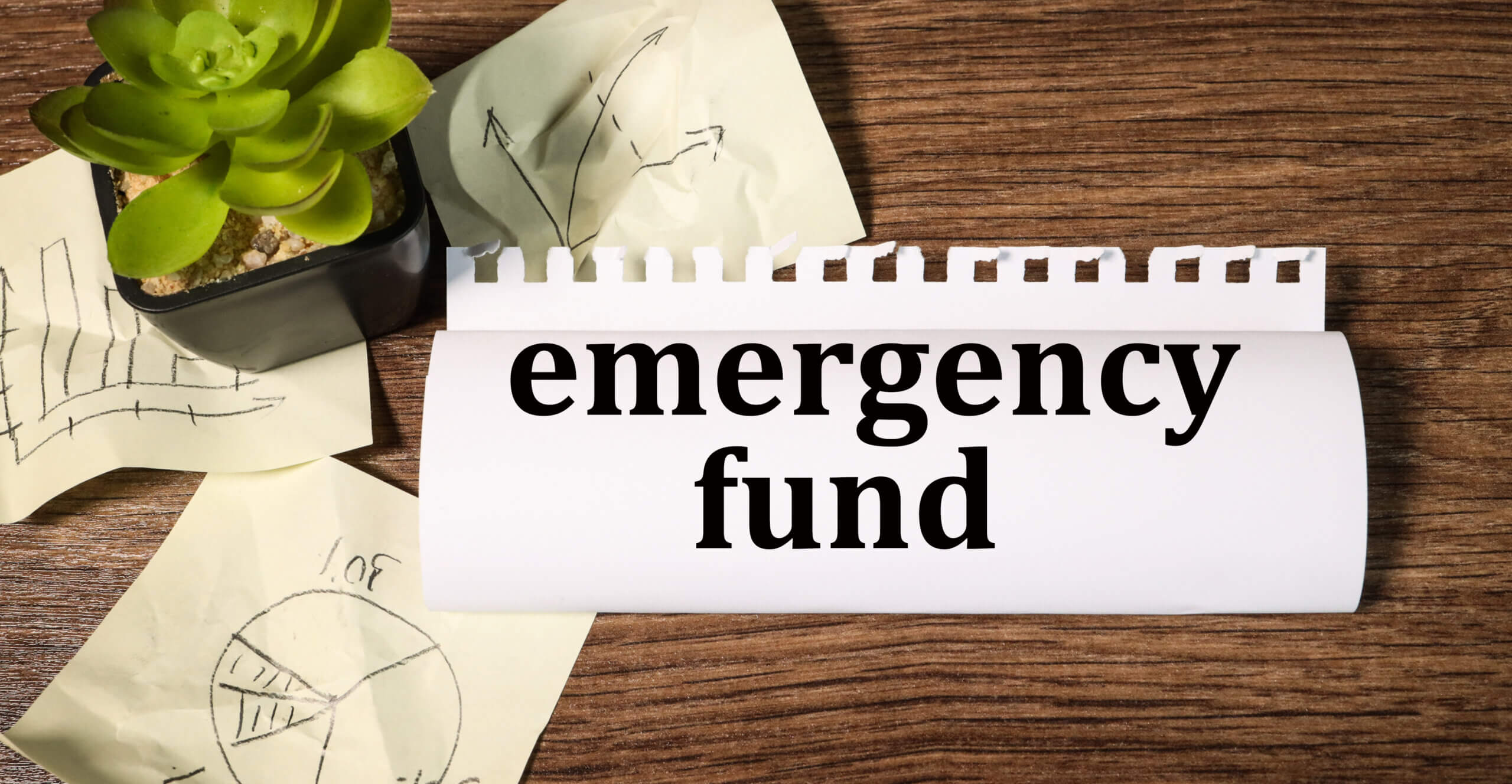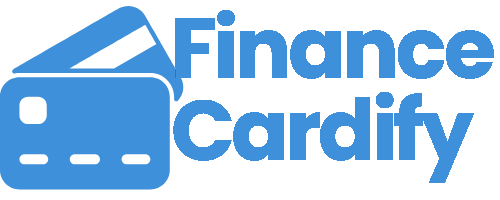Financial freedom often feels like an exclusive club, accessible only to those who have never carried a debt. But the reality for most of us is that borrowing is a fundamental part of modern life—whether it’s for a mortgage, a car, or an education. The secret to financial independence isn’t about avoiding debt entirely; it’s about becoming a smart borrower who uses debt strategically, manages it proactively, and leverages it as a tool, not a trap.
This guide goes beyond the standard “cut spending” advice. We’ll explore unique and actionable strategies that transform your relationship with debt, putting you firmly on the path to financial freedom.
The Smart Borrower’s Mindset: Debt as Leverage
The first step in this journey is a shift in perspective. A smart borrower doesn’t see all debt as a burden. They distinguish between “good debt” and “bad debt.”
- Good Debt: Debt that helps you acquire an appreciating asset or increase your future income. Think of a low-interest mortgage, a student loan for a high-demand degree, or a business loan used for growth. This is debt that leverages your future success.
- Bad Debt: Debt incurred for depreciating assets or simple consumption, especially at high interest rates. Credit card debt, payday loans, and financed impulse purchases fall into this category. This debt erodes your future potential.
Your primary goal is twofold: minimize bad debt and optimize good debt.
Phase 1: Debt Management Mastery
For the smart borrower, managing current debt is the foundation of future freedom. It’s not just about making payments; it’s about engineering your debt load for maximum efficiency.
1. The “Interest Rate Waterfall” Strategy
Most people use the Debt Snowball (paying off the smallest balance first) or the Debt Avalanche (paying off the highest interest rate first). The smart borrower uses the Interest Rate Waterfall for a more aggressive, holistic approach that considers both high interest and debt type.
- Tier 1: High-Interest, Non-Deductible Debt (Highest Priority): This includes credit cards, personal loans, and any debt with an Annual Percentage Rate (APR) over 10-15%. Pay the absolute maximum you can here. This is the financial emergency you must solve first.
- Tier 2: Mid-Interest, Non-Deductible Debt: This might be a car loan. Pay the minimum, but look for opportunities to refinance to a lower rate, especially as your credit score improves from tackling Tier 1.
- Tier 3: Low-Interest, Tax-Deductible Debt (Lowest Priority): Primarily mortgages and certain student loans. While still debt, the low rate and potential tax benefits mean your capital is better used for investing than for aggressive pre-payment (see the section on Arbitrage below).
By categorizing your debt this way, you ensure every extra dollar you pay works to destroy the most toxic liabilities first.
2. Credit Score as a Negotiating Asset
Your credit score isn’t just a number; it’s a financial currency. A smart borrower obsesses over increasing their score, not just to qualify for a loan, but to force better terms from lenders.
- Unique Tip: The Credit Utilization Anchor: Beyond the typical advice to keep utilization below 30%, aim for below 10% on your revolving credit lines. This signals exceptional fiscal health and can unlock access to the absolute lowest interest rates when you need new financing. Paying down a credit card to 5% utilization can be a better “investment” than saving a small amount of cash, as it directly reduces the cost of all future borrowing.
Phase 2: Strategic Borrowing for Growth
Financial freedom is not just about reducing outflows; it’s about increasing inflows. Smart borrowing is a calculated risk to accelerate wealth accumulation.
3. The “Cost of Money” Arbitrage
This is the cornerstone of advanced personal finance. Arbitrage is the simultaneous purchase and sale of an asset to profit from a difference in the price. In personal finance, it means:
Borrowing Rate<Investment Rate of Return
You borrow money at a low, fixed rate (e.g., a 4% mortgage or a 6% personal loan) and then use the cash flow you freed up by not aggressively pre-paying to invest in assets expected to return a higher rate (e.g., a diversified stock portfolio historically returning 7−10% annually).
- The Smart Decision: Instead of putting an extra $500 toward a 4% mortgage, you invest that $500. If your investment earns 8%, you are profiting on the spread: 8%−4%=4%. This strategy accelerates your wealth faster than simply paying off low-interest debt. Caution: This requires a solid emergency fund and tolerance for investment risk.
4. Optimize the “Borrowing Structure”
Before signing any loan, a smart borrower questions the structure itself.
- Fixed vs. Variable: For depreciating, necessary assets like a car, consider a fixed-rate loan to lock in predictable payments and protect against interest rate hikes. For a home, you might consider a hybrid (Adjustable-Rate Mortgage or ARM) if you plan to move before the fixed period ends, lowering initial payments and freeing up cash flow for better investments.
- The 15-Year vs. 30-Year Mortgage Pivot: A 15-year mortgage offers huge interest savings, but a smart borrower often chooses the 30-year option. Why? The lower monthly payment creates greater cash flow flexibility. You can choose to pay the 15-year amount when times are good, but you have the legal right to pay the lower 30-year minimum when unexpected expenses or investment opportunities arise. Flexibility is the most valuable asset in finance.
Phase 3: The Freedom Accelerator
Once you’ve mastered debt management and strategic borrowing, the final phase focuses on scaling your income streams to achieve true financial independence.
5. Cultivate “Financial Vision Boards” for Motivation
Financial goals are often abstract. A unique approach is to create a Financial Vision Board (physical or digital) that visualizes your “Why.” It shouldn’t just show a savings number; it should show the life your financial freedom buys:
- A picture of your kids’ university campus.
- A photo of the remote cabin you want to retire in.
- The date you plan to be mortgage-free.
Seeing these concrete representations of your goals every day provides the psychological fuel needed to stay committed to a disciplined budget and aggressive debt repayment schedule, even when the journey feels long.
6. Hyper-Focus on Passive Income for Debt Service
The ultimate goal is to have your debt serviced by income that is independent of your day job.
- The “Debt-Killing Income Stream”: Instead of waiting until you’re debt-free to start a passive income venture (like writing an e-book, investing in dividend stocks, or peer-to-peer lending), explicitly dedicate the revenue from this stream to one specific debt. Naming the income stream—like “The Mortgage Killer Dividend Portfolio”—creates a powerful, motivating, and measurable goal. When your dividend payments or e-book royalties equal your monthly debt payment, you have achieved a form of mini-financial freedom for that liability.
AdSense Compliance Note
This article is for informational and educational purposes only and does not constitute financial, legal, or tax advice. We are not a licensed lender or financial service provider and do not promote specific loan products or guarantee any financial outcomes. Readers should consult with a qualified financial professional for personalized advice and ensure they comply with all local laws and regulations.
Final Thoughts: The Journey
Financial freedom is a marathon, not a sprint. For the smart borrower, debt is merely a part of the landscape—a manageable terrain you navigate with knowledge and strategy. By shifting your mindset, mastering your debt structure, and leveraging every dollar to work for your future, you can ensure that your borrowing serves your goals, rather than controlling your life. Start today by analyzing your debt with the Interest Rate Waterfall and seeing which liability you can crush first.





